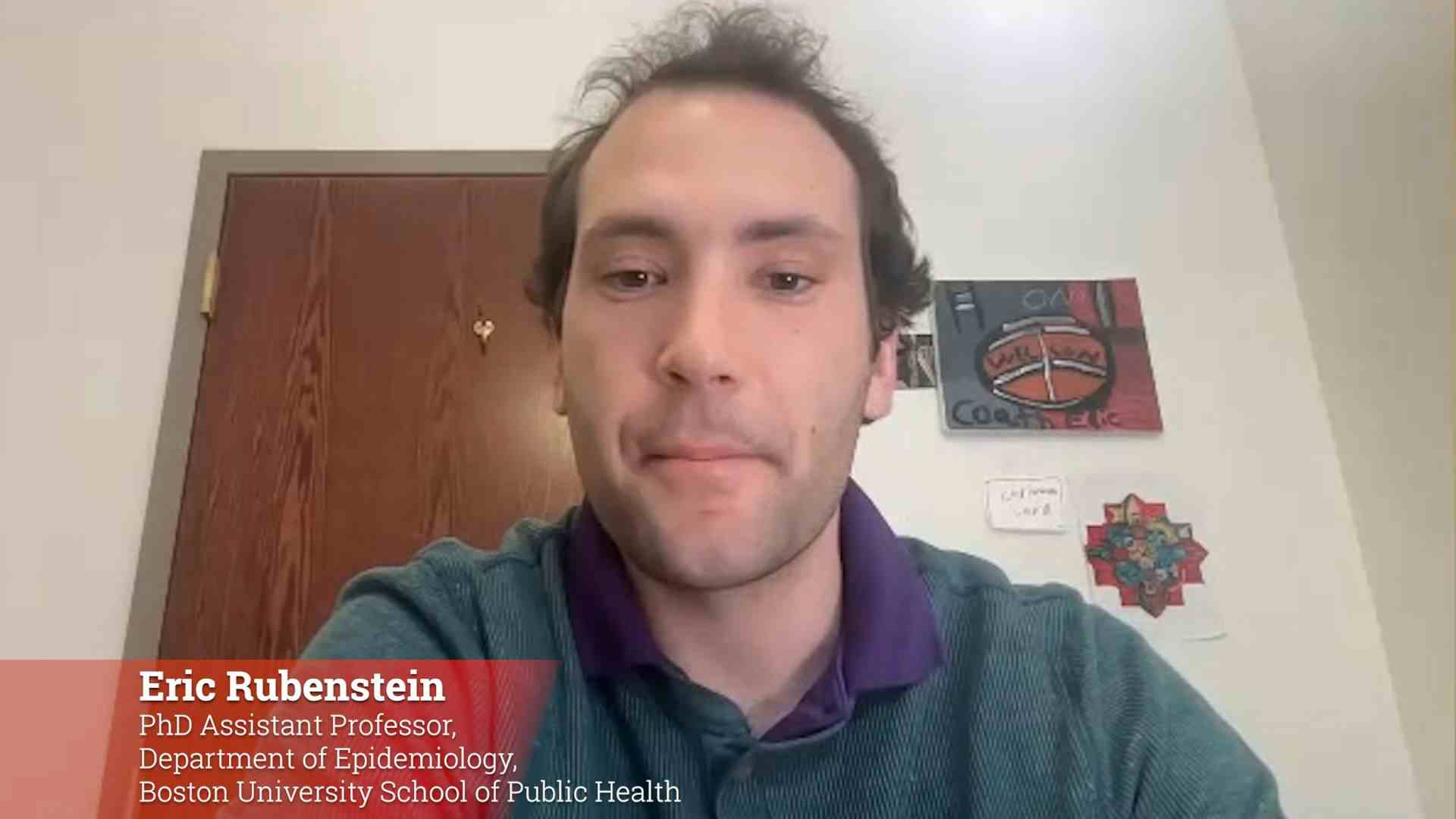Patches of disorganized cortex are associated with autism
Investigators examined the neocortical architecture of the cortex of children with autism using postmortem analysis of the expression patterns of 25 cortical genes in 11 children aged from 2 to 15 years with autism and comparing them with the patterns of 11 children without autism.
Investigators examined the neocortical architecture of the cortex of children with autism using postmortem analysis of the expression patterns of 25 cortical genes in 11 children aged from 2 to 15 years with autism and comparing them with the patterns of 11 children without autism.
In 10 of 11 of the children with autism and only 1 of the 11 children without autism, investigators observed focal patches of abnormal laminar cytoarchitecture and cortical disorganization of neurons in the prefrontal and temporal cortical tissue. Presentation of the patches varied across samples, and while no cortical layer was uniformly spared, abnormal expression was most clearly evident in layers 4 and 5. Investigators noted that the patches were in regions that mediate functions that are disturbed in autism: social, emotional, communication, and language (Stoner R, et al. N Engl J Med. 2014;370[13]:1209-1219).

MS FREEDMAN is a freelance medical editor and writer in New Jersey. DR BURKE, section editor for Journal Club, is chairman of the department of Pediatrics at Saint Agnes Hospital, Baltimore, Maryland. He is a physician contributing editor for Contemporary Pediatrics. The editors have nothing to disclose in regard to affiliations with or financial interests in any organizations that may have an interest in any part of this article.
New research finds significant challenges for children with disabilities in foster care
September 27th 2024A study presented at the American Academy of Pediatrics 2024 National Conference finds children with disabilities in foster care face lower permanency rates and higher mortality risks, calling for specialized support and interventions.



















